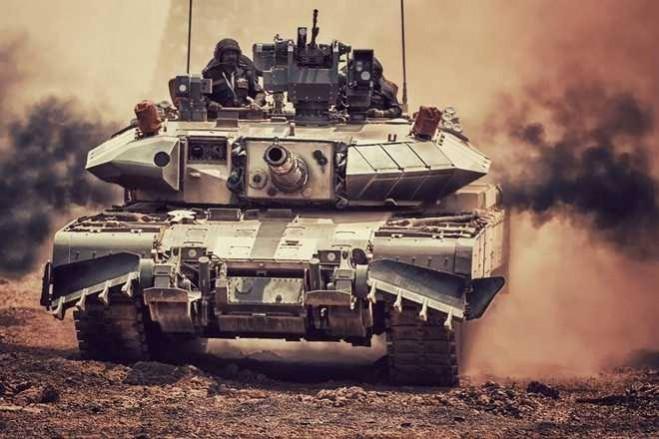Army Chief General Manoj Mukund Naravne on Wednesday said that the force is redefining its strategy and plans for a "dynamic response" below the threshold of all-out war similar to Balakot airstrikes, against its two enemies in North and West. General Naravne was addressing at a seminar organised by Centre for Land Warfare Studies (CLAWS), Amry's think tank in New Delhi.
Chief of the Army staff added that besides enhancing its conventional military prowess the land-based force also focused on "dynamic responses actions below the threshold of all-out war". As per the officer, the IAF led Balakot strikes on Jaish-e-Mohammad terror camps in Pakistan were an example of playing the "escalatory game" with skill. He said, "We are refining our plans and capacities in this regard — both, along the western (Pakistan) and northern (China) borders. We are developing kinetic and non-kinetic responses to address the threat."

Naravne outlined a new phenomenon in the world which is the availability of enough manoeuvrability for showcasing military prowess and dominance that doesn't erupt in an all-out conflict as the country witnessed after the Balakot Airstrike. He went on to add, "Supposed acts of war not leading to war. The Houthi rebels' attack on Riyadh airport and oil facilities in Saudi Arabia and closer home, the Balakot airstrike, saw these short, intense, escalatory cycles of military activity, in full media glare, where sophisticated information narratives played an equally important role."
Main battle tanks and fighter aircraft to become thing of the past
As per a report published in the Print, the Army chief argue that with the advent of newer technologies in warfare, "military icons of the 20th century", like tanks and fighter aircraft will become a thing of past as the newer technology kicks in, the same way the "Sony Walkman" became obsolete as more sophisticated music players were invented. The Indian Army, he said, is looking for at the possible induction of laser and directed-energy weapons to deal with future threats.

Naravne sees drastic changes in the battlefield in future warfare. He said, "In the five-odd decades since — in Iraq, Lebanon, Georgia, Chechnya and Syria, armoured formations have either followed, supported the application of airpower and artillery, or else their units and sub-units have been committed in smaller tactical groupings as part of infantry-armour assaults in urban terrain."

















